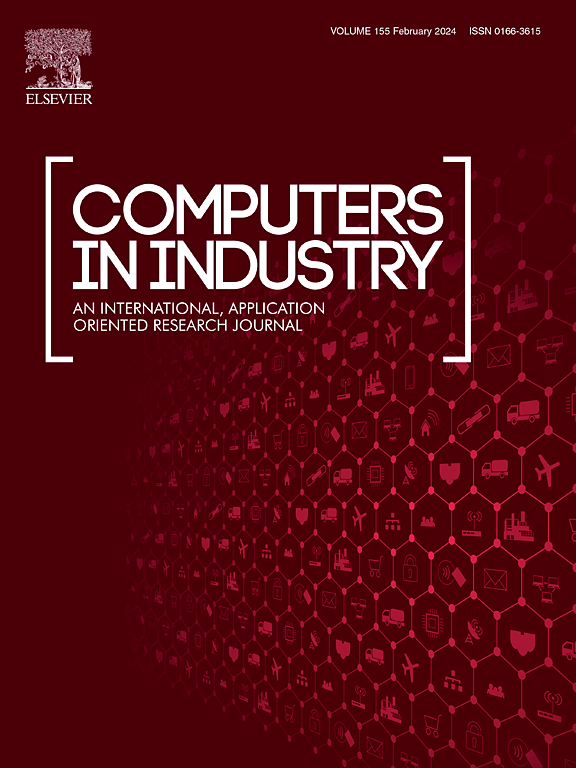Intelligent prediction and soft-sensing of comprehensive production indicators for iron ore sintering: A review
IF 9.1
1区 计算机科学
Q1 COMPUTER SCIENCE, INTERDISCIPLINARY APPLICATIONS
引用次数: 0
Abstract
Iron ore sintering is a critical process in iron and steel production, with a substantial impact on overall energy consumption and the emission of various environmental pollutants. Enhancing the efficiency of this process is crucial for achieving sustainability in the iron and steel industry. Accurate prediction and real-time monitoring of comprehensive production indicators are essential for optimizing production and improving energy efficiency. This paper provides a systematic review of intelligent prediction and soft-sensing techniques applied to the iron ore sintering process. It details the mechanisms and operational principles of these technologies, with a focus on key indicators such as quality, thermal state, yield, and energy consumption. This paper explores the current state-of-the-art in four prediction methodologies: mechanism analysis-based methods, data feature analysis-based methods, multi-model fusion-based methods, and operating mode recognition-based methods. Finally, the challenges to the current comprehensive production indicator prediction of the sintering process are pointed out, including the difficulty of dealing with the changing operating mode, the incomplete analysis of image features, and the insufficient consideration of the differences in data distribution. In the future, operating mode recognition approaches, deep learning approaches, transfer learning approaches, and computer vision techniques will have a broad prospect in the comprehensive production indicator prediction of the sintering process.
铁矿石烧结综合生产指标的智能预测与软测量研究进展
铁矿石烧结是钢铁生产中的关键工序,对整体能源消耗和各种环境污染物的排放有重大影响。提高这一过程的效率对于实现钢铁工业的可持续性至关重要。对综合生产指标的准确预测和实时监控是优化生产和提高能源效率的必要条件。本文系统地综述了智能预测和软测量技术在铁矿石烧结过程中的应用。它详细介绍了这些技术的机制和操作原理,重点介绍了质量、热状态、产量和能耗等关键指标。本文探讨了基于机理分析的预测方法、基于数据特征分析的预测方法、基于多模型融合的预测方法和基于运行模式识别的预测方法。最后指出了当前烧结工艺综合生产指标预测面临的挑战,包括难以应对操作模式的变化、对图像特征分析不完整、对数据分布差异考虑不足等。未来,运行模式识别方法、深度学习方法、迁移学习方法和计算机视觉技术在烧结过程综合生产指标预测中具有广阔的前景。
本文章由计算机程序翻译,如有差异,请以英文原文为准。
求助全文
约1分钟内获得全文
求助全文
来源期刊

Computers in Industry
工程技术-计算机:跨学科应用
CiteScore
18.90
自引率
8.00%
发文量
152
审稿时长
22 days
期刊介绍:
The objective of Computers in Industry is to present original, high-quality, application-oriented research papers that:
• Illuminate emerging trends and possibilities in the utilization of Information and Communication Technology in industry;
• Establish connections or integrations across various technology domains within the expansive realm of computer applications for industry;
• Foster connections or integrations across diverse application areas of ICT in industry.
 求助内容:
求助内容: 应助结果提醒方式:
应助结果提醒方式:


